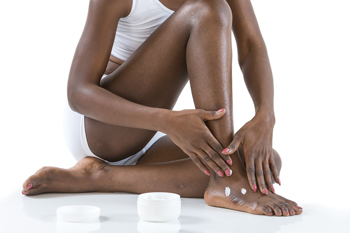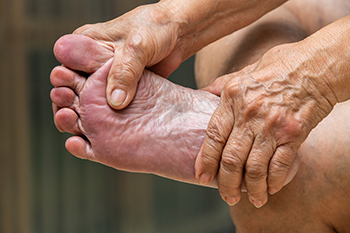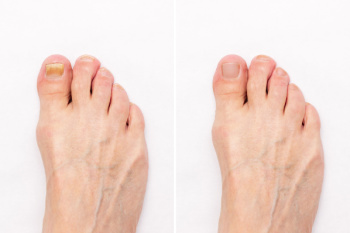Spring is the season for running, baseball, tennis, and more. After a long winter of staying inside and perhaps staying sedentary, many people begin to increase their physical activity. Unfortunately, a sudden or rapid increase in physical activity can increase the risk of incurring a foot or ankle injury. Common springtime injuries include plantar fasciitis, Achilles tendonitis, shin splints, strains, sprains, and fractures.
Fortunately, there are many steps that you can take to avoid injuries. When beginning any new exercise routine, it’s important to take things slow. Do not rapidly increase the intensity or duration of your training. Instead, increase one factor at a time, gradually. For example, if you’re a runner, increase the distance that you run gradually over the course of several weeks or months. Take breaks in between workouts to allow yourself time to heal properly. It’’s equally as important to be wearing the right shoes. Choose shoes that are comfortable, fit well, and offer support.
If you do get injured or begin to notice subtle signs of injury, such as pain during physical activity, seek the care of a chiropodist. While you wait for your appointment, you can also take measures to reduce pain at home by resting the injured foot, applying ice, and compressing and elevating it. A chiropodist will be able to diagnose the injury and find the right treatment for you.






